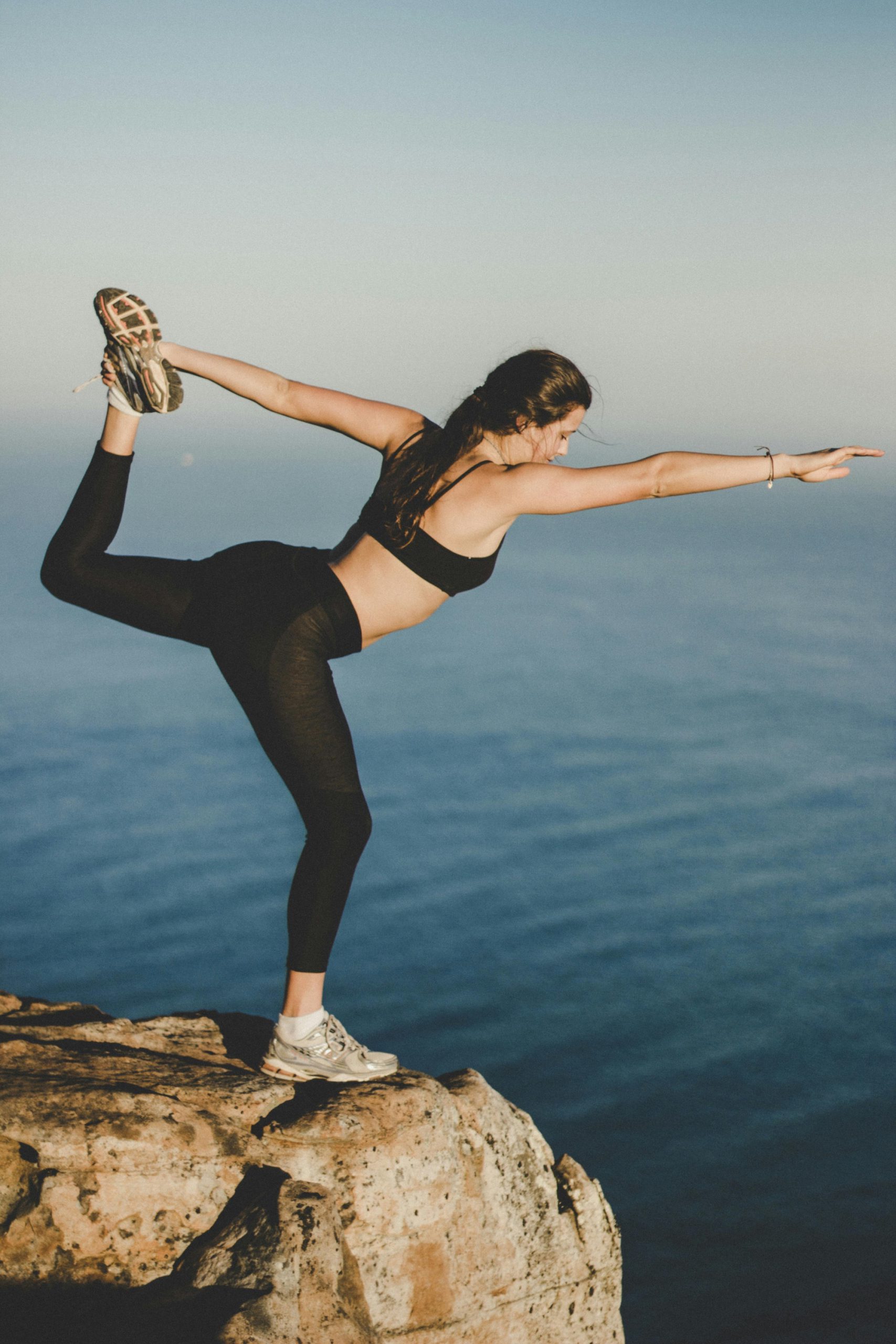
You need to move. Correctly.
In fitness, health, and performance, movement quality is of paramount importance. Knowing the fundamentals of movement can aid in performing exercises correctly. It can also maximize muscle growth, improving joint capacity, and avoiding injury.
While there can be a lot of nuance in performing movement, there are 8 basic movement patterns that can get you started with lifting and performance that replicate everyday movement!
1) Horizontal Push
Involves the muscles of the upper torso including the pecs, anterior delts, triceps, and some posterior shoulder/back muscles. Acts by pushing the upper limbs in front of the torso. This can aid in anything from pushing a heavy object in front of you or getting up off the floor during a fall.
Key exercises: BB/DB bench press, Floor press, Push-ups
2) Horizontal Pull
Involves the posterior muscles of the upper back and shoulder, including the traps, rear delts, lats, rhomboids, etc. as well as the biceps as they put the elbows into flexion. These muscles are important in not only performing pulling movements, but also stabilizing the spine and maintaining good posture! They come in handy when resisting force in sports, and are used in everyday activity such as opening doors.
Key exercises: Any rowing variations where the arms move in the sagittal plane, such as bent over BB/DB rows
3) Vertical Push
Involves anterior delt, medial (lateral) delts located on the side of the shoulder, upper back and chest muscles, and the triceps. While not something we do all the time, the importance of being able to lift things overhead cannot be overstated. Whether it be to place something on a high shelf or paint the roof, being able to perform the overhead (vertical) push is a skill you can’t go without. This also goes for athletes, as there are various athletic movements in which this movement occurs. As an example, shooting a basketball or reaching overhead to catch a football involve an overhead push.
Key exercises: Military press, DB shoulder press, Bottoms up KB press
4) Vertical Pull
As with the horizontal pull, the main mover here is gonna be the biggest muscle in the upper body- the latissimus dorsi. In combination with the lats, mid and upper back muscles such as the rhomboids, mid/lower traps and scapulae muscles are going to work to create this motion, as well as the biceps to create flexion at the elbow. Again, not the most common movement, but invaluable nonetheless. Training muscles in this plane will help greatly with posture as well as have benefits in athletic performance- especially with throwing sports!
Key exercises: Lat pulldown, pull up, high row
5) Squat
This one needs no introduction, explanation, nor serious discourse- so I’ll try my best to summarize. In terms of priority- I’d say this belongs at the top of the list, as the ability to properly squat seems to diminish the quickest, especially with the more sedentary lifestyle becoming more prominent. In terms of musculature involved with the squat, the hamstrings, hip flexors, and anterior tibialis are responsible for resisting force during the eccentric (lowering portion) of the bilateral squat, while the quadriceps, glutes, and calves are responsible for creating force during the concentric (lifting portion) of the squat. This is a general view for an otherwise full body movement, but we’ll leave the t’s uncrossed for now.
Key exercises: It’s in the name, get LOW!
6) Lunge
Take all the information that we used to describe the squat- and now apply that to one leg at a time in the split position. Now you have a lunge! We perform a modification of the lunge everyday for locomotion (aka walking). This goes without saying, but unilateral strength training is of paramount performance for athletes, and can be further compounded by adding upper body movements. As athletes, we operate out of the lunge position a lot- so training this pattern regularly should be of utmost importance to maximize performance.
Key exercises: Any variation of split squat or b-stance with one or both knees in flexion
7) Hinge
Simply put, this most commonly refers to the ability to flex/extend at the waist using its joint structure and musculature. This movement most often refers to the hip, although there are other hinge joints, such as the knee and elbow. Often underrated and missed in training, the hinge pattern has tons of benefits of training.
As mentioned, with the more sedentary lifestyle we live today, short and weak hip flexors can cause a multitude of functional and postural issues. This is especially true for those who spend ample time sitting without addressing this movement specifically.
Hip hinging involves the entire joint structure of the hip, as well as muscles like the hip flexors, glute min, mead, and max, quadriceps and lower core. Don’t neglect this pattern. It helps in everything from performing a proper squat to simply being able to pick something up off the floor!
Key exercises: Good mornings, Hip thrusts/bridges, Various squat/rdl variations
Finally… my favorite…
8) Rotation!
This is the piece de resistance of all the movement patterns. The ability of all muscle and joints to perform and withstand rotation is key to unlocking the most out of your movements. Skeletal muscle attaches to bone and crosses joints, so most, if not all, can perform rotation to some degree.
Rotation provide a certain degree of movement ability. It also provides a degree of protection by allowing muscles and joints to move in the transverse plane. In sports, the ability to rotate the body efficiently yields so much benefit in athletic performance. This includes increased power, speed, and resistance to injury in certain areas.
Humans were made to rotate! There are so many key exercises that could go here, but Pallof presses and woodchops are a great place to start!
Master these basic movements if you’re just getting started in your lifting/performance journey. Hope this helps!
Author: Myles Marshall, Training Arc



